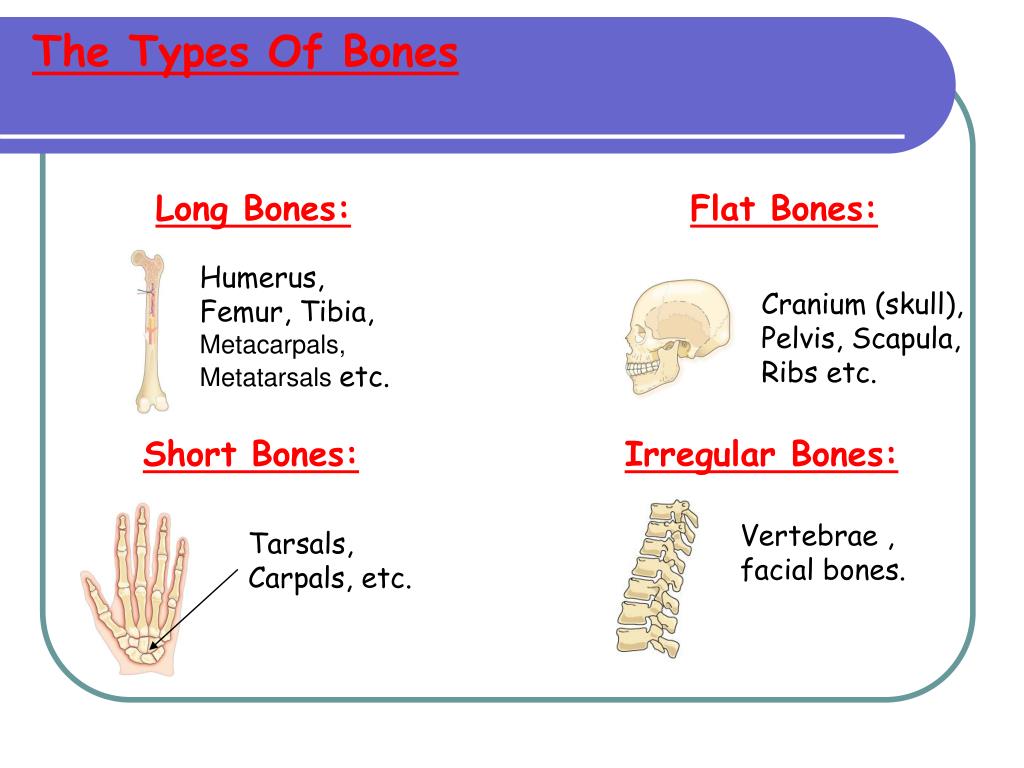

The intervening cancellous tissue is called the diploë, and this, in the nasal region of the skull, becomes absorbed so as to leave spaces filled with air–the paranasal sinuses between the two tables. In the cranial bones, the layers of compact tissue are familiarly known as the tables of the skull the outer one is thick and tough the inner is thin, dense, and brittle, and hence is termed the vitreous (glass-like) table.

In an adult, most red blood cells are formed in flat bones. These bones are composed of two thin layers of compact bone enclosing between them a variable quantity of cancellous bone, which is the location of red bone marrow.

The flat bones are: the occipital, parietal, frontal, nasal, lacrimal, vomer, hip bone (coxal bone), sternum, ribs, and scapulae. These bones are expanded into broad, flat plates, as in the cranium ( skull), the ilium ( pelvis), sternum and the rib cage. Sutures are firm and immovable joints but allow for expansion of the skull in a growing animal.Flat bones are bones whose principal function is either extensive protection or the provision of broad surfaces for muscular attachment. Many of the bones of the skull are joined together by fibrous joints called sutures (p 41). The incisive bone is the most rostral and carries the incisor teeth (Fig. The roof of the mouth is called the hard palate and is formed from three bones on the ventral aspect of the skull: the incisive bone or premaxilla, part of the maxilla and the palatine. In the centre of this bone is the cribriform plate – a sieve-like area perforated by numerous foramina through which the olfactory nerves pass from the nasal mucosa to the olfactory bulbs of the brain (see Ch. At the back of the nasal chamber, forming a boundary between the nasal and cranial cavities, is the ethmoid bone. These are covered in ciliated mucous epithelium (see Ch. Each of the chambers is filled with delicate scrolls of bone called the nasal turbinates or conchae. The nasal chamber is divided lengthways into two by a cartilaginous plate called the nasal septum. The most rostral part of the skull carries the nasal chamber, the sides of which are formed by the maxilla and the roof by the nasal bone.


 0 kommentar(er)
0 kommentar(er)
